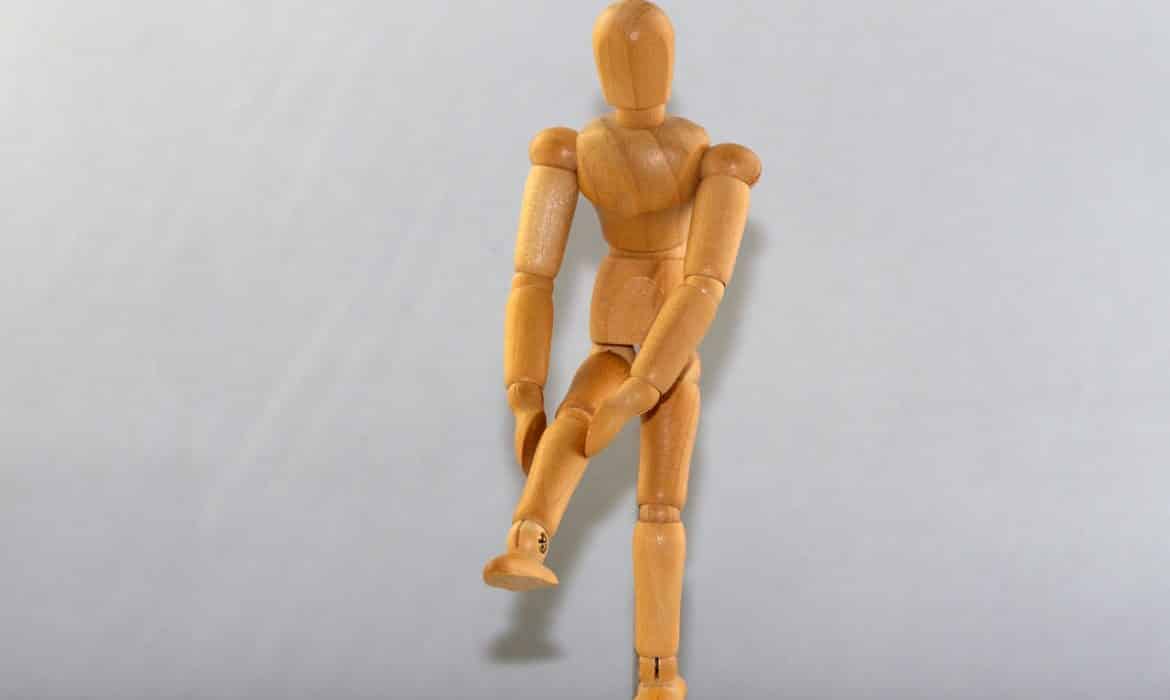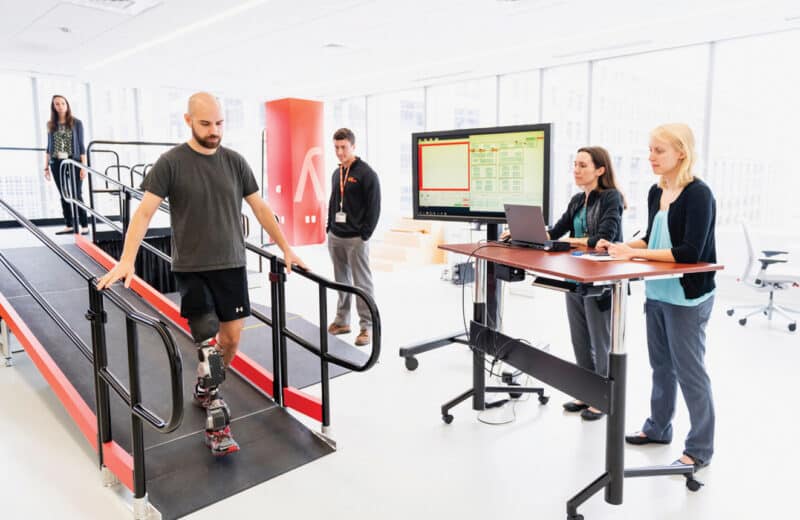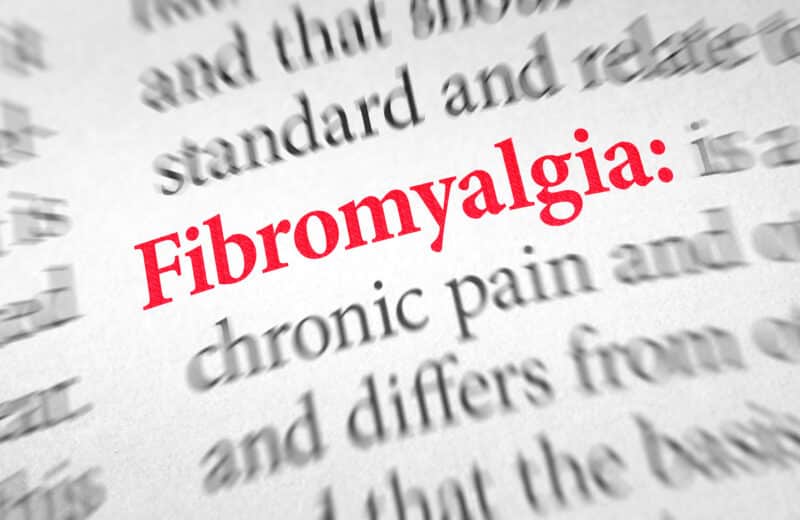DEAR MAYO CLINIC: One year ago, I fell and broke my arm. While my arm has healed, my knees also have been bothering me since I fell. I have arthritis in both knees and a slight tear in the meniscus on one knee, but both knees are extremely painful when I walk. Is it possible that arthritis is causing this much pain, or could there be another reason, perhaps related to my fall? I am 59.
ANSWER: It’s possible that your knee pain could be traced back to your fall. You may have injured your knees without realizing it when you fell, or the trauma of the fall could have caused your arthritis to flare. Either way, you should make an appointment to have your condition evaluated. That evaluation will guide treatment going forward.
Any time you experience physical trauma, such as a fall, and it results in a serious injury, such as a broken bone, there’s the possibility of something called a “distracting injury.” That means the severity of one injury — in your case, the broken arm — masks the urgency of other damage that occurred due to the trauma. So you may have injured your knees when you fell, but the extent of those injuries didn’t become apparent until after your arm healed.
The arthritis in your knees adds complexity to the situation because, in some cases, an acute injury can trigger mild arthritis to become more intense. Once that happens, the arthritis pain is unlikely to return to the level it was before the injury without treatment.
Based on the symptoms you describe, the meniscus tear you have in one knee is not likely to be contributing significantly to your knee pain. Meniscus tears involve damage to the cartilage that acts as a cushion between your shinbone and thighbone. These tears are common with age. About half of people older than 50 have a meniscus tear. In patients with arthritis in the knee, the percentage of people who have a tear is even higher. Minor tears may not cause any symptoms. When they do, they tend to affect the mechanics of the knee — often causing pain or symptoms such as locking, catching or buckling of the knee.
To investigate the source of your knee pain, see your primary care physician. X-rays can show the nature of the injury to your knees and reveal the extent to which your arthritis may be contributing to the pain.
If your arthritis is fairly severe, it is likely the main culprit, and there are various treatment options available. A knee brace can be used to take pressure off the section of the knee joint most affected by arthritis and reduce pain. Medications for pain relief often are useful, too. They may include nonprescription or prescription nonsteroidal anti-inflammatory drugs, such as ibuprofen, naproxen sodium, diclofenac sodium and celecoxib. In some people, acetaminophen may ease arthritis pain.
When those measures aren’t enough, an injection of a corticosteroid medication into the knee to reduce inflammation or hyaluronic acid to provide lubrication may offer relief. In about 75% of patients, either type of injection may reduce symptoms, but the amount of time it lasts varies considerably. Some people only need injections once every two years to keep symptoms at bay. Others see a return of pain in less than a month. The response to these injections often dictates the next steps needed.
New treatments are under investigation, too, such as platelet-rich plasma injections and stem cell treatments. These therapies are available at some academic medical centers, including Mayo Clinic, and may be worthwhile to explore when other options for reducing arthritis knee pain have been unsuccessful. — David Hartigan, MD, Orthopedic Surgery, Mayo Clinic, Phoenix












